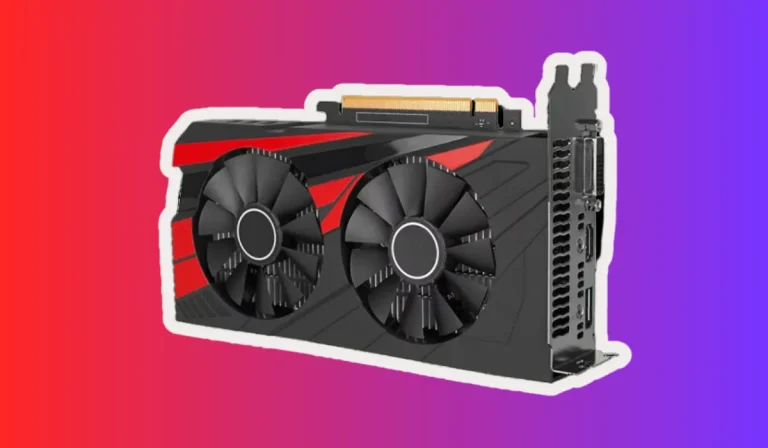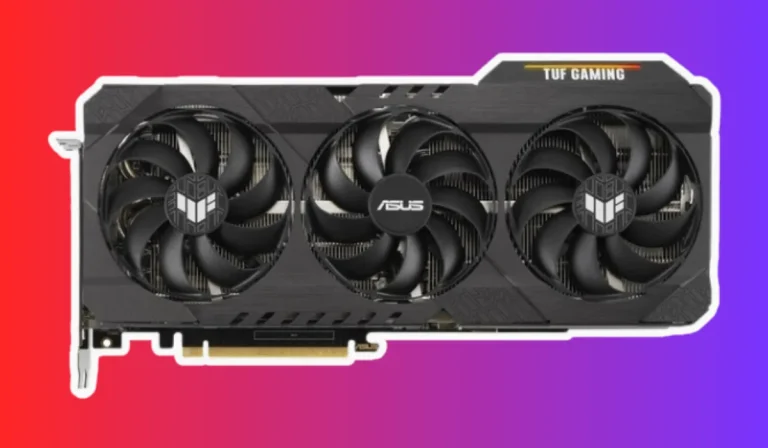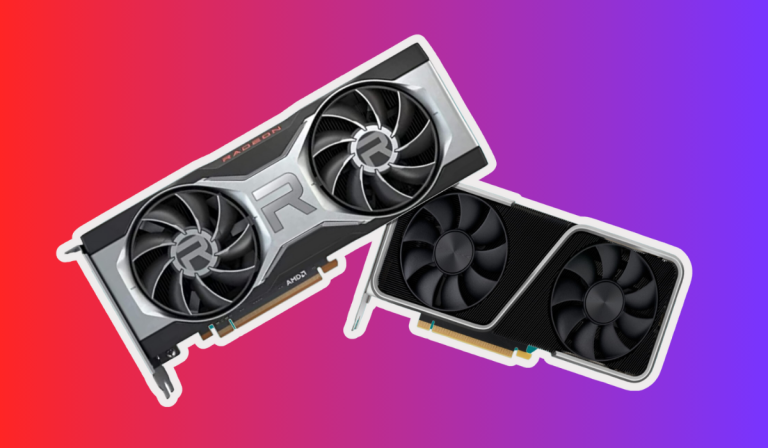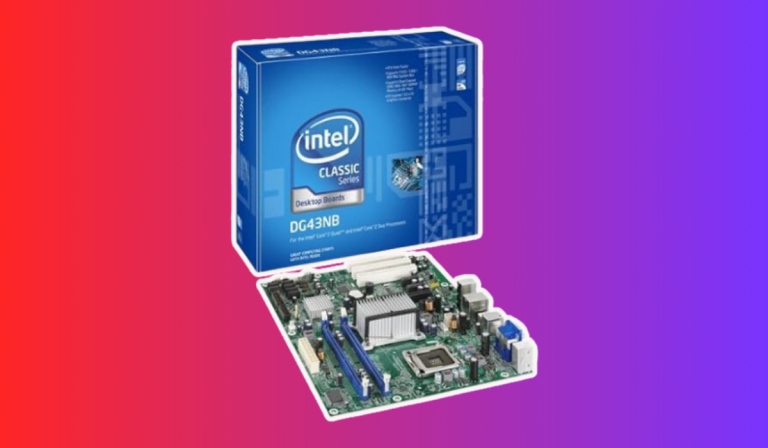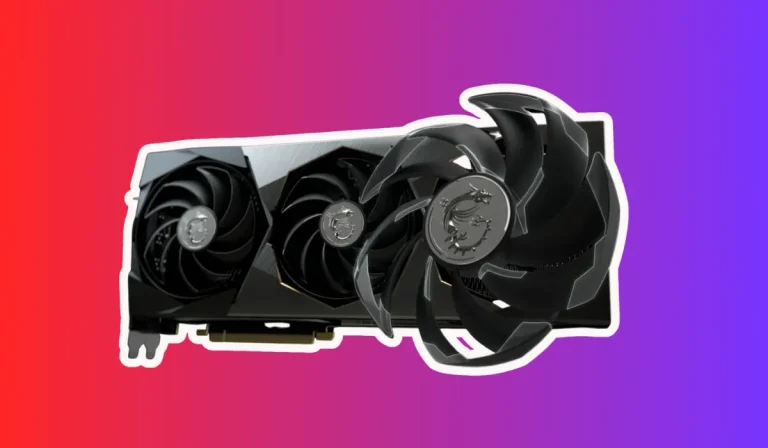How Do Multiple GPUs In A PC Work?
Are you curious about how multiple GPUs in a PC work their magic to deliver enhanced performance? Well, buckle up, because we’re about to dive into the fascinating world of parallel processing!
In this blog, we’ll unravel the secrets behind combining multiple graphics processing units (GPUs) in your computer and explore how they collaborate to handle complex tasks with lightning-fast speed. Get ready to unlock the true potential of your PC!
GPU Interconnects
Have you ever wondered how multiple GPUs in a PC communicate and work together seamlessly? Well, wonder no more! GPU interconnects are the secret sauce that enables these powerful graphics processors to collaborate and deliver impressive performance. We will dive into the world of GPU interconnects and uncover how they make it all happen.
What are GPU Interconnects?
GPU interconnects are the technological bridges that connect multiple GPUs in your PC. They establish the pathways for efficient communication and data exchange between these graphics powerhouses.
Think of them as the digital highways that allow information to flow between the GPUs, enabling them to work in harmony.
The Role of SLI and CrossFire
The most popular GPU interconnect technologies are SLI (Scalable Link Interface) and CrossFire. Developed by NVIDIA and AMD respectively, these technologies use physical connectors or bridges to establish high-speed communication channels between the GPUs. This connection allows the GPUs to divide the workload and process tasks simultaneously.
Boosting Performance Through Parallel Processing
The beauty of GPU interconnects lies in their ability to distribute the workload effectively. Each GPU can focus on its assigned portion of the task, working in parallel with the others.
This parallel processing approach results in faster computations, smoother gameplay, and enhanced graphics rendering.
Compatibility and Optimization Considerations
While GPU interconnects can significantly boost performance, it’s important to note that not all applications and games can fully utilize the power of multiple GPUs. Some software may not be optimized for parallel processing, limiting the benefits of GPU interconnects.
Additionally, compatibility between GPUs and interconnect technologies can vary, so it’s essential to ensure that your hardware and software are compatible before setting up a multi-GPU configuration.
GPU Synchronization
Ever wondered how multiple GPUs in a computer work together seamlessly to produce stunning graphics and smooth gameplay? The answer lies in GPU synchronization. Here, we’ll explore what GPU synchronization is all about and how it contributes to an immersive gaming experience.
What is GPU Synchronization?
GPU synchronization is the process of coordinating the activities of multiple graphics processing units (GPUs) to ensure they work in perfect harmony.
It involves aligning the actions and timing of these GPUs to eliminate any visual artifacts, screen tearing, or lag that may occur when rendering complex graphics or running demanding applications.
The Importance of Synchronization
When multiple GPUs are involved, synchronization becomes crucial to maintain a consistent and smooth visual output. Without proper synchronization, each GPU may render frames at different rates, resulting in a disjointed display. This can be especially problematic in fast-paced games, where every frame counts.
Techniques for GPU Synchronization
To achieve synchronization, various techniques are employed. One common method is Vertical Synchronization (VSync), which matches the frame rate of the GPU with the refresh rate of the display. This ensures that each frame is displayed at the right time, reducing visual artifacts.
Another technique is Triple Buffering, which provides an additional buffer for GPU rendering. This helps prevent frame rate drops and input lag, resulting in a more responsive gaming experience.
Challenges and Considerations
While GPU synchronization is essential for optimal performance, it can pose some challenges. For example, the synchronization process may introduce a slight delay, impacting real-time responsiveness in certain applications.
Additionally, compatibility between GPUs, drivers, and software must be taken into account to ensure seamless synchronization.
Performance Scaling and Bottlenecks
Have you ever wondered why your computer’s performance doesn’t always improve as expected when you upgrade your hardware? The answer lies in performance scaling and bottlenecks.
Here, we’ll explore what performance scaling is all about, how it can be affected by bottlenecks, and why understanding these concepts is crucial for optimizing your system’s performance.
What is Performance Scaling?
Performance scaling refers to the improvement in a system’s performance when additional resources, such as a faster processor or more powerful graphics card, are added. The idea is that by upgrading certain components, you can achieve better and faster performance on your computer.
Bottlenecks: The Performance Limiters
Bottlenecks are the limiting factors that prevent a system from reaching its full potential in terms of performance scaling. They can occur when one or more components in a system become a hindrance to overall performance improvement.
For example, let’s say you upgrade your graphics card to a high-end model, expecting a significant boost in gaming performance. However, if your CPU is outdated and cannot keep up with the demands of the new graphics card, it becomes a bottleneck that restricts the system’s overall performance.
Identifying and Overcoming Bottlenecks
Identifying bottlenecks can be a challenging task, as they can manifest in various ways. Common signs of a bottleneck include high CPU or GPU usage, long loading times, or stuttering in games or applications.
To overcome bottlenecks, it’s essential to identify the components that are causing the limitation and upgrade them accordingly.
Maximizing Performance: A Balanced Approach
To achieve optimal performance scaling, it’s crucial to take a balanced approach to hardware upgrades. Upgrading only a single component without considering the compatibility and capabilities of other parts may lead to bottlenecks and suboptimal performance. It’s important to ensure that all components in your system work together harmoniously to achieve the desired performance improvements.
FAQ’s
1. How do multiple GPUs in a PC work?
Multiple GPUs in a PC work together to distribute the workload of rendering graphics. Each GPU is assigned a portion of the graphics processing, allowing for faster and more efficient rendering.
2. Do I need special software to utilize multiple GPUs?
Yes, you will need software that supports multi-GPU configurations, such as SLI (Scalable Link Interface) for NVIDIA GPUs or CrossFire for AMD GPUs. This software enables proper communication and coordination between the GPUs.
3. Can I mix different GPU models or brands in a multi-GPU setup?
In most cases, it is not recommended to mix different GPU models or brands in a multi-GPU setup. It is best to use identical GPUs to ensure compatibility and optimal performance. Mixing GPUs may result in compatibility issues or limited functionality.
4. What are the benefits of using multiple GPUs?
Using multiple GPUs can significantly enhance graphics performance, especially in demanding tasks like gaming or 3D rendering. It allows for higher frame rates, smoother gameplay, and improved visual quality by distributing the graphics workload across multiple GPUs.
5. Are there any limitations or considerations when using multiple GPUs?
Yes, there are a few limitations and considerations when using multiple GPUs. First, not all applications or games are optimized for multi-GPU setups, so the benefits may vary. Additionally, power consumption and heat generation can increase with multiple GPUs, requiring adequate cooling and a robust power supply.
Conclusion
Multiple GPUs in a PC work together like a dream team, sharing the load and turbocharging your graphics performance. By dividing the work, they bring faster rendering, smoother gameplay, and eye-popping visuals to your screen. It’s like having a squad of superheroes working in perfect harmony to give you the ultimate gaming experience.

